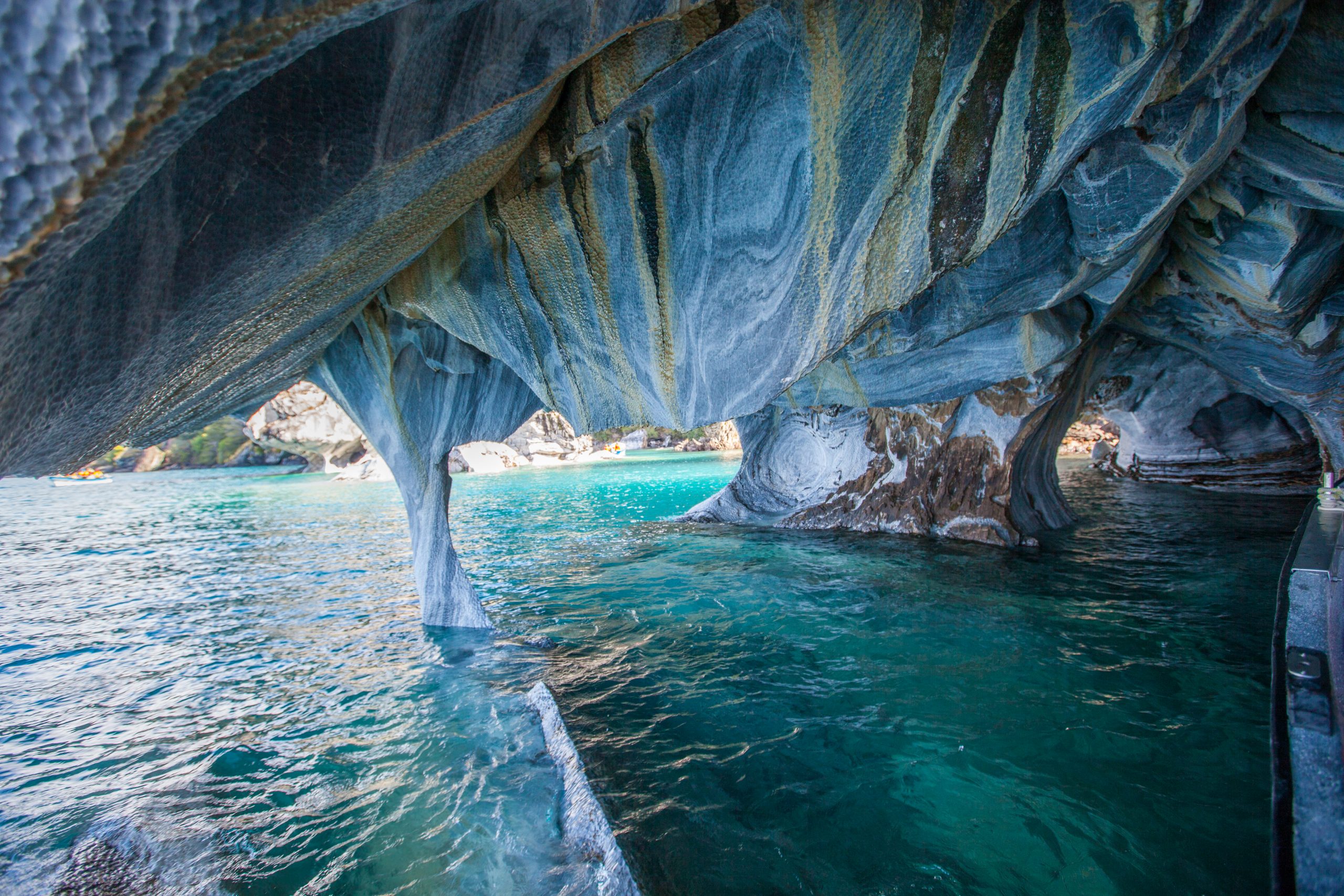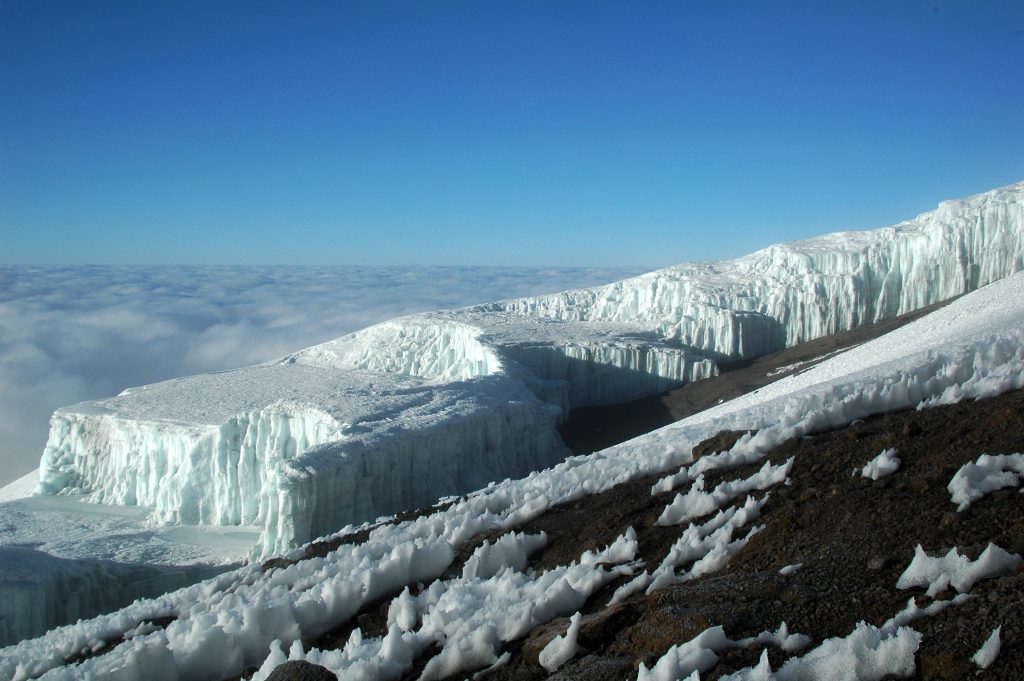I’m usually a very punctual person. And for that mater, I pride myself (and maybe overly so) on being a morning person. But when my Santiago hotel room phone rang to wake me at 4.30am I was surprised to hear my friend Antonio mention on the other end of the line that everybody was on the bus waiting for me. “Wow… Ok, I’ll be right down” was all I could muster in reply.
We were heading to the airport to grab a flight from Santiago to Punta Arenas, the southern most city on the South American mainland. As I threw my covers off I was suddenly very glad with the time I had spent to pack my bags and lay out the clothes I wanted to wear. Seven minutes after Antonio called I was on the bus wiping the sleep from my eyes.
After a short layover in Punta Arenas we boarded a charter flight Cessna 402 to continue further south. The flight was beautiful and after clearing the waters of the Straight of Magellan we were soaring over the snowy peaks and islands. This is where the Andes drifted into the sea as they curved east to cup the southern most reaches of South America. Soon we were flying over Beagle Channel and landed in the small town of Puerto Williams. From here we were only 73 miles from Cape Horn, the southern most tip of South America. In retrospect, I wish I would have thought of asking our pilot if we could have flown down to see the cape.
Once landed we bumped along the icy dirt roads to Club de Yates Micalvi, the Micalvi Yacht Club. The club is based on a German transport ship from the ’30s designed to run freight up and down the Rein River. Somehow it ended up down here and the Chileans bought it from the Germans. Now it’s aground in the Seno Lauta harbor and it’s where many sailors check in to stage, or dock to recover and celebrate their rounding of Cape Horn. The ceiling and walls of the main cabin of the YC are adorned in sailing pennants of successful journeys around the Cape.
After lunch we geared up for one of the more unique snowshoe hikes I had ever been on. In fact, I opted to not bother taking snowshoes and it turned out to be a good idea. Sure, I potholed some as we crossed the frozen marsh flats, but once we started to climb there were only a few inches of snow on the ground, if any and those with snowshoes were now carrying them. Carrying them as we bushwhacked our way up this woodsy hill. Our guide, Carlos, wasn’t much of a guide at all. When we met him in town he looked like he was ready to delve into an alpine style mountaineering expedition with full shank mountaineering boots, an ice axe and a pack busting at the seams. We were pretty dumbfounded by this guy, but followed him into the wilderness of Isla Navarino anyway. We’re not sure where he got the idea that it would be fun to bushwhack with snowshoes, but he didn’t care. He shot off ahead and was only to be seen again because Eric from our group kept up with him and constantly suggested he wait for a moment while the rest of us catch up. Carlos did so reluctantly and was clearly irritated with how slow the group was moving. A perfect attitude for a “guide” to have. Each time we asked him how much further we were going he would tell us “20 minutes.” An hour and a half later we weren’t anywhere close to the summit he had hoped we would reach and we looked out from the slope through the trees to the setting sun behind Beagle Channel. Our group was strung out all over the hillside. Carlos went back to look for those in the rear still fighting through the brush. After a quick snack and just as the chill of the evening air started to settle in the handful of us Carlos left decided to get going. Through some simple dead reckoning and dodging some not quite frozen marshy spots we managed to pop out on a small road that led us back into town as darkness pushed the last of the light from the sky. We decided to name this silly excursion “20 minutes with Carlos.” To be fair, it looks like there is some good hiking and even mountain biking in the area, we just didn’t get to see any of it.
Back in Punta Arenas we toured the city then headed north to the Los Lagos Region. This being the southern hemisphere’s spring, the temperate region of Los Lagos was socked in with clouds and a light drizzle filled the sky. It reminded me so much of the Pacific Northwest. Green and lush and wet. I love this sort of climate. We had lunch at Hacienda Romahue Lodge which is also a conservation and animal rehabilitation center where we saw miniature deer called Pudú as well as pumas.
The skiing was sadly a little slushy… ok, a lot slushy. We pulled up and it continued to rain. Granted, it was pretty late season but we were determined to ski so we geared up and got out there and got soaked. The wind howled, dirt patches were poking through and we held out for half a dozen rides up the slow double chair, the only one that was running. Once we stopped torturing ourselves were peeled off the wet ski clothes and sat in front of a roaring fire with steaming hot cocos.
The next day we took advantage of all that snow melt by going rafting on the Petrohue River with the great crew at Ko’Kayak. The clouds were still looming but the rain ceased. After spotting the hardware required for an oar boat and a short chat with the owner of the outfit he let me take his oar boat down the river. In the boat with me were Jorge Moller, a business owner and advocate for the Los Lagos region and Gonzalo from the Chile Tourism office. The river was raging and cold. Ko’Kayak provided wetsuits, PFD’s and helmets and everybody was comfortable. Only a few folks went swimming on their own accord in one of the calm sections of the river. The ride was incredible and I just wanted to keep going to the sea.
The last region we visited was Aysen. Just south of Los Lagos, the skies slowly cleared to partially cloudy and the mountains were revealed. This brought significant awe and wonder and for Jamie Pollitte, a guide for Mountain Madness, and myself as our eyes traced potential routes up the snowfields and glaciers to the peaks and backcountry ski runs above us. The region is pretty sparse but the communities we visited as we drove nearly the length of it all looked like good locations for base camps but getting supplies may be limited to the bigger cities, though some creativity and negotiation may remedy that. We also visited some lodges and hot springs and the beautiful Marble Chapel rock formations on the shore of General Carrera Lake.
The whole trip was bookended with some mountain biking adventures near Santiago. The first was an hour out of town in the Casablanca area at Matetic Vineyards which included a tour of the winery and some wine sampling and lunch. A perfect activity after 14 hours of travel from the US. The second was a quick morning ride in the hills above Santiago. Bikes and guides for both trips were provided by the great crew at Santiago Adventures.
I made a series of videos while on these adventures in Chile and the full playlist is embedded below:
Page Links:
Club de Yates Micalvi
Romahue | Senda Nativa
Ko’Kayak
Matetic Vineyards
Santiago Adventures


 Like || Tweet || More Photos || Purchase Photo
Like || Tweet || More Photos || Purchase Photo Like || Tweet || More Photos || Purchase Photo
Like || Tweet || More Photos || Purchase Photo Like || Tweet || More Photos || Purchase Photo
Like || Tweet || More Photos || Purchase Photo